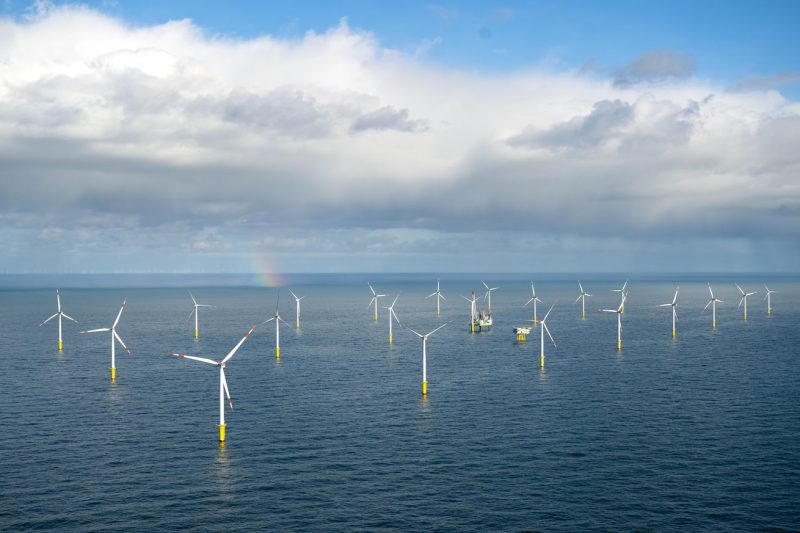The growing demand for sustainable energy sources has prompted extensive exploration into harnessing renewable energy options. While solar and hydroelectric power are well-established sources, wind energy has emerged as a promising avenue for meeting the energy needs of the future. Artificial Intelligence (AI) is playing a pivotal role in optimizing wind energy production, creating a synergy that could potentially revolutionize the renewable energy sector.
AI has the capability to enhance the efficiency, reliability, and cost-effectiveness of wind power generation. By leveraging AI algorithms, wind farms can optimize their operations by predicting wind patterns and adjusting turbine settings in real-time for optimal power output. This predictive maintenance approach allows for early detection of potential issues, reducing downtime and maintenance costs while improving overall performance.
One key area where AI is making significant strides is in wind turbine blade design. The aerodynamics of turbine blades greatly impact energy conversion efficiency. Through advanced AI modeling and simulations, engineers can optimize blade shapes for improved energy capture while minimizing material usage. This results in higher energy output at lower costs, making wind energy a more economically viable option.
Moreover, AI-driven technologies are enabling the development of smart grids that can seamlessly integrate wind energy into the existing power infrastructure. These intelligent grids can balance supply and demand fluctuations, optimize energy distribution, and enhance grid stability and reliability. By integrating renewable energy sources like wind power into the grid, AI ensures a smoother transition towards a more sustainable energy mix.
The synergy between AI and wind energy extends beyond production and distribution to include energy storage solutions. By utilizing AI algorithms for energy forecasting and demand prediction, energy storage systems can effectively store surplus wind energy during periods of high production and release it during peak demand hours. This helps in stabilizing the grid, reducing reliance on fossil fuels, and ensuring a consistent energy supply.
Furthermore, AI is driving innovations in wind farm management through autonomous drones and robots. These technologies can inspect and maintain turbines more efficiently and safely than human operators. By performing routine inspections, identifying potential faults, and conducting repairs autonomously, AI-powered drones and robots can significantly reduce downtime and maintenance costs while enhancing overall operational safety.
In conclusion, the marriage of AI and wind energy holds tremendous potential in revolutionizing the renewable energy landscape. By leveraging AI algorithms for optimized energy production, grid integration, storage solutions, and operational management, the wind energy sector is poised to become a more sustainable, efficient, and cost-effective contributor to the global energy mix. As advancements in AI continue to evolve, the future of wind energy looks brighter than ever.




























